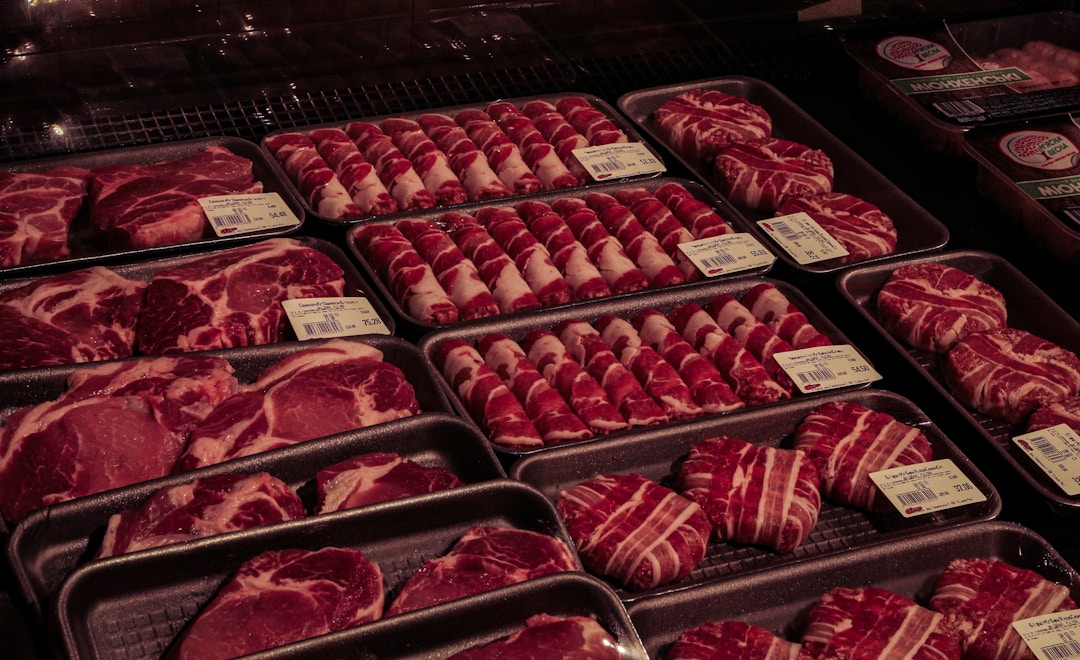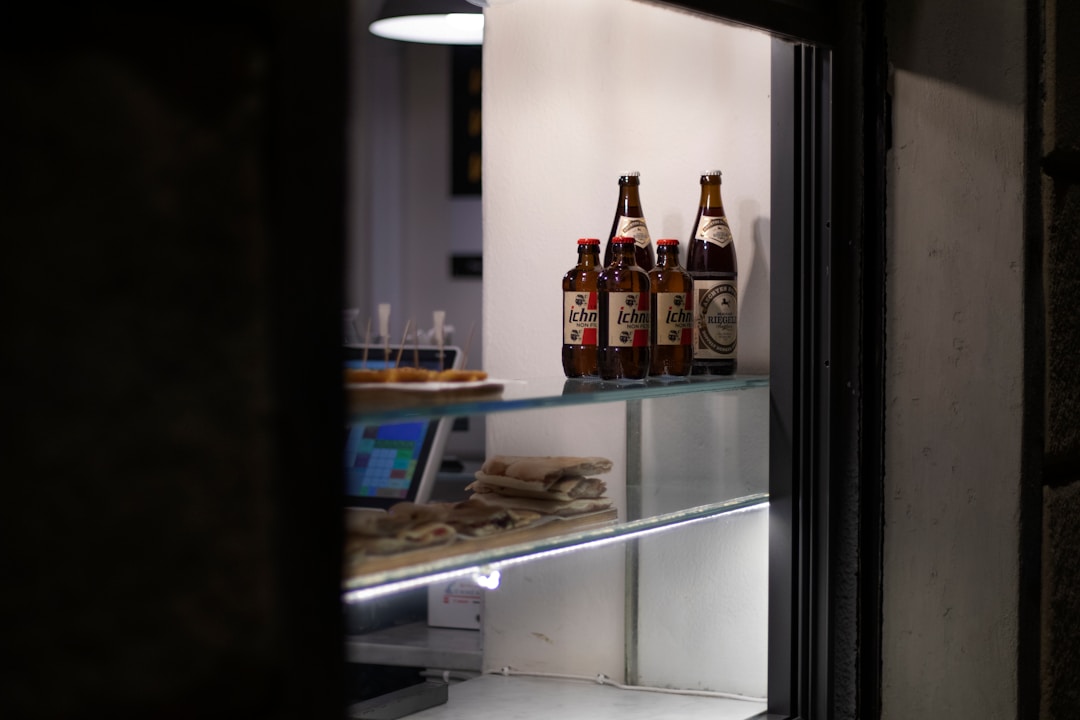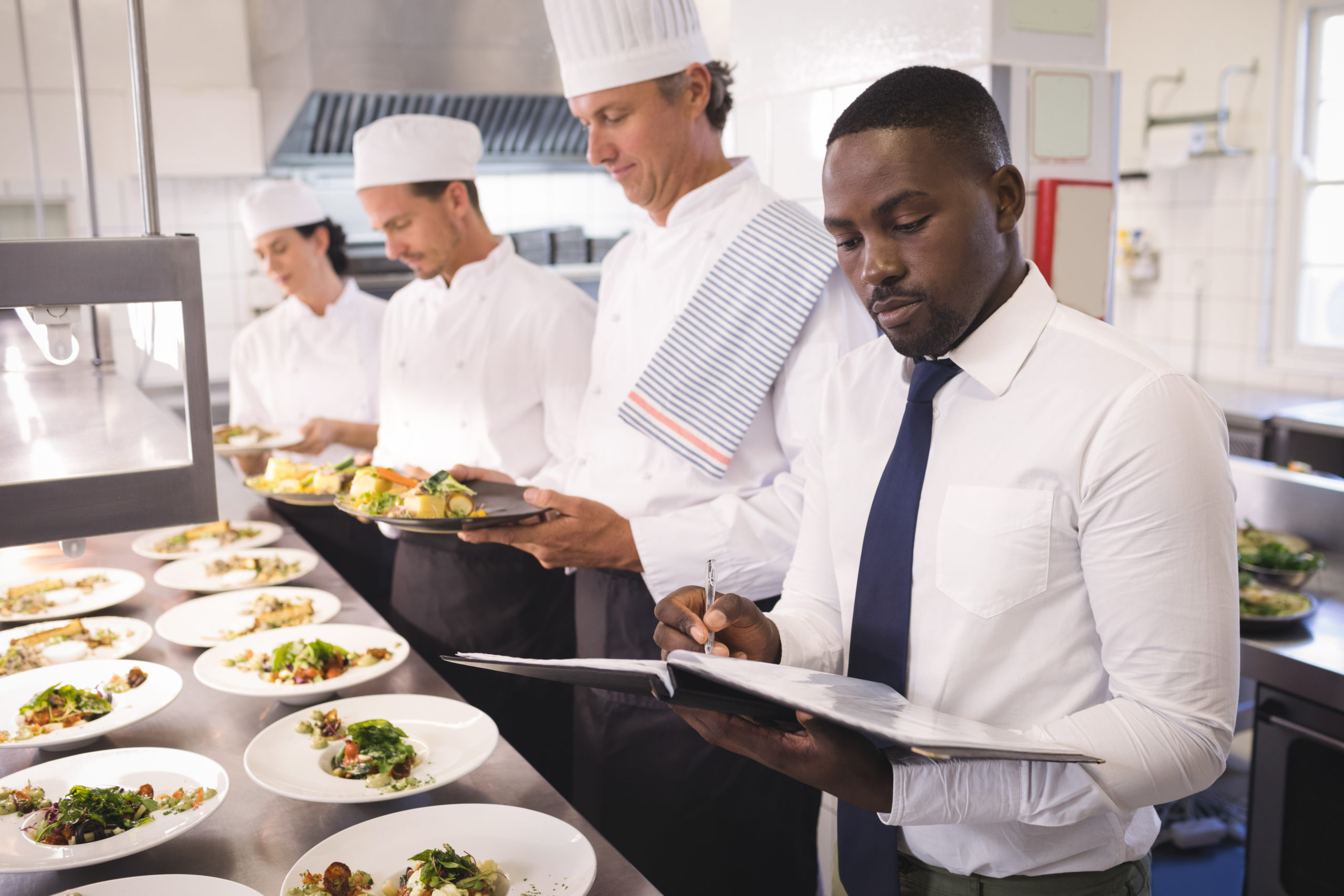Restaurants are a key part of our neighborhoods. They’re where we go to enjoy a meal together with our family and friends, celebrating special occasions or just enjoying each other’s company. However, restaurants also have a responsibility to the customers they serve to make sure that their food, no matter how delicious, is prepared and served safely for people to eat. It breaks down into four steps for restaurants to follow, in accordance with the Centers for Disease Control, or CDC.
1. Clean

If there’s one thing that the COVID-19 pandemic has stressed, it’s the importance of cleanliness. Restaurant workers should regularly wash their hands for their own personal safety from food-related bacteria, especially when handling raw products in the kitchen. Anyone prepping food should wash their hands for 20 seconds with soap and water before, during, and after preparing food and before eating.
Germs in poultry, seafood, and meats that can cause food poisoning can survive in many places and can spread around a restaurant kitchen. It’s important to scrub surfaces after those raw foods have touched them. Even fruits and vegetables to make a salad require regular rinsing and scrubbing to be safe for use. Restaurants may want to look into biohazard cleaners to properly sanitize everything from refrigerators to sandwich prep tables to make sure contaminants no longer live on those surfaces. Regular cleaning by restaurant staff between shifts can also help kitchen staff keep a leg up against dangerous bacteria.
2. Separate

The second of the CDC’s four tips for food safety is the separation of these foods to avoid cross-contamination. Raw meat, poultry, seafood, and eggs can spread germs to ready-to-eat foods unless they are properly separated. It’s important that cutting boards that are being used for those proteins are not being used for things like fruits and vegetables. You can’t cut raw chicken breast on the same board as iceberg lettuce, for example, even if they are both being used on the same sandwich. Keeping those raw proteins away from other foods prevents any juices or leaks from dripping onto other products and spreading bacteria, protecting the crowds from ingesting anything dangerous.
3. Cook

In order to avoid having these pathogens and viruses impacting cuisine, it’s important that food is cooked properly. This can start with having the proper equipment to keep food safe. The Restaurant Warehouse offers up affordable options when it comes to ovens, grills, and fryers that help to bring foods up to the proper temperature to make sure they are healthy to serve. This includes having cookware that is clean and safe to use when cooking.
A food thermometer can help kitchen staffers determine if foods are ready to hit the dining room. Whole cuts of beef and pork should be cooked to around 145°F, while all poultry should kick to around 165°F. Of course, be wary of any odors or concerns over poultry, dairy, and vegetables that smell or look dangerous to serve.
4. Chill

Bacteria can multiply rapidly if food, particularly meat, seafood, and poultry, are left in what’s called the temperature danger zone between 40°F and 140°F. Eliminating this potential contamination starts with proper cooking but ends with proper storage. Commercial refrigerators should be kept at 40°F or below and should also be part of regular clean-up to make sure no rotting foods linger on the shelves of a fridge.
It’s important to refrigerate perishable food within two hours and to thaw frozen food safely in the refrigerator, cold water, or the microwave. Do not do this on countertops, where bacteria can multiply at room temperature. Taking all of these steps can promote a clean environment and a healthy and enjoyable restaurant experience for your customers.

